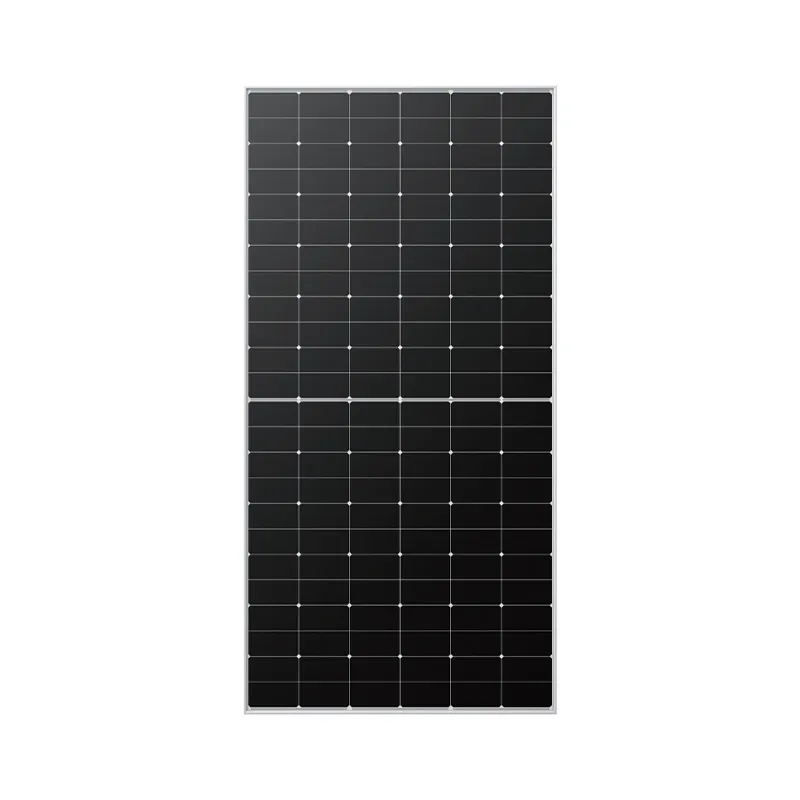3kva mppt inverter
Understanding 3kVA MPPT Inverters A Key Component for Solar Energy Systems
In recent years, the demand for renewable energy solutions has surged, leading to a significant interest in solar power systems. At the heart of these systems lies the inverter, and among the different types available, the 3kVA MPPT (Maximum Power Point Tracking) inverter stands out as an essential component. This article delves into the workings, advantages, and applications of 3kVA MPPT inverters within solar energy systems.
What is a 3kVA MPPT Inverter?
A 3kVA MPPT inverter is a power conversion device that transforms the direct current (DC) generated by solar panels into alternating current (AC) suitable for household use or feeding into the electrical grid. The 3kVA refers to the unit's power rating, indicating it can handle a maximum output of 3000 VA (volt-amperes). MPPT denotes its ability to optimize the power output from solar panels by continuously adjusting to the maximum power point, ensuring that the inverter extracts the most energy possible from the solar array.
How Does MPPT Work?
The MPPT technology is vital for maximizing energy efficiency in solar systems. Solar panels produce varying amounts of power depending on factors such as the angle of sunlight, temperature, and shading. The MPPT controller monitors these conditions and intelligently adjusts the electrical operating point of the PV cells. Through algorithms, the MPPT inverter maintains operation at the peak power voltage, resulting in improved energy capture compared to traditional inverters.
Advantages of Using 3kVA MPPT Inverters
1. Enhanced Efficiency One of the most significant benefits of using a 3kVA MPPT inverter is its ability to maximize energy extraction from solar panels. Traditional inverters often operate below their optimal efficiency, leading to energy losses. In contrast, MPPT technology ensures that every drop of sunlight is converted into usable power.
3kva mppt inverter

2. Versatility The 3kVA capacity makes these inverters suitable for various applications, from residential homes to small commercial setups. They can easily handle the energy needs of typical households, making them an excellent option for those looking to transition to solar energy.
3. Improved Performance in Variable Conditions The ability of MPPT inverters to track the maximum power point in changing environmental conditions means they perform better throughout the day. This adaptability ensures that users can generate more electricity, even when faced with partial shading or fluctuating weather.
4. User-Friendly Display and Monitoring Modern 3kVA MPPT inverters often come equipped with digital displays and monitoring capabilities, allowing users to track their energy production in real-time. This transparency helps users manage their energy consumption effectively and understand the financial savings associated with their solar systems.
5. Cost-Effectiveness Although the upfront cost of a 3kVA MPPT inverter may be higher than non-MPPT options, the increased efficiency and energy yield typically result in a faster return on investment. Over time, users can save significantly on electricity bills, making MPPT inverters a financially sound choice.
Applications of 3kVA MPPT Inverters
3kVA MPPT inverters are widely used in residential solar panel installations, where they can provide sufficient power for household appliances and lighting. Additionally, they are found in off-grid solar systems, where energy efficiency is paramount due to limited power availability. Small businesses and agricultural operations also benefit from these inverters, using them to power equipment while reducing dependence on fossil fuels.
Conclusion
As the world continues to shift towards sustainable energy solutions, the role of devices like the 3kVA MPPT inverter becomes increasingly vital. With their ability to optimize solar energy capture, increase efficiency, and provide energy security, these inverters are transforming the way we harness solar power. For anyone considering an investment in solar energy, a 3kVA MPPT inverter represents a powerful tool in achieving energy independence and contributing to a greener future.
-
String Solar Inverter: The High-Efficiency Solution for Smart Solar EnergyNewsJul.14,2025
-
Revolutionizing Rooftop Energy with the Power of the Micro Solar InverterNewsJul.14,2025
-
Power Independence with Smart Off Grid Solar Inverter SolutionsNewsJul.14,2025
-
On Grid Solar Inverter: Powering the Future with Smart Grid IntegrationNewsJul.14,2025
-
Monocrystalline Solar Panels: High-Efficiency Power for the Future of Clean EnergyNewsJul.14,2025
-
Bifacial Solar Panel: A Smarter Investment for Next-Generation Energy SystemsNewsJul.14,2025







